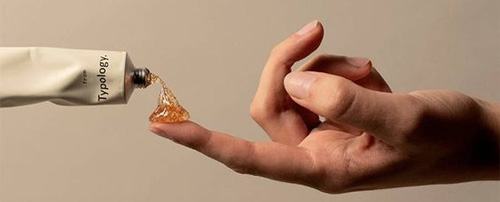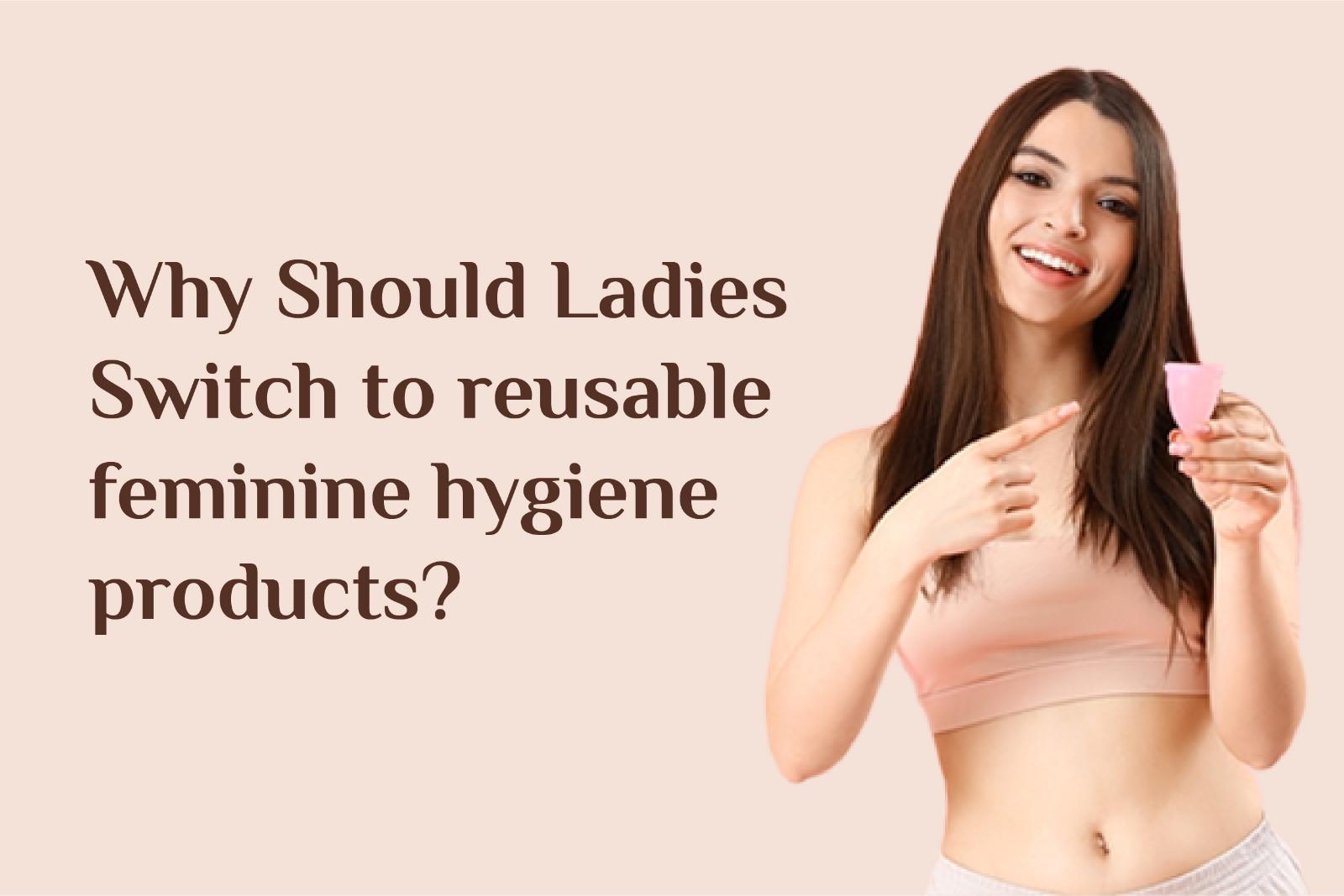Switching to menstrual cups or reusable feminine hygiene products can be a trans-formative and empowering choice for women. Not only do these alternatives offer economic and environmental benefits, but they also contribute to better overall health and well-being.
Is Feminine hygiene products Eco-friendly?
First and foremost, menstrual cups and reusable feminine hygiene products are environmentally friendly. Disposable pads and tampons contribute significantly to environmental pollution. The production and disposal of these single-use products generate immense amounts of non-biodegradable waste, contributing to landfills and adversely impacting ecosystems. In contrast, menstrual cups are made from medical-grade silicone, rubber, or latex, and they can last for years with proper care. By choosing reusable options, women can significantly reduce their ecological footprint and contribute to a more sustainable future.
Economic considerations are another compelling reason for ladies to switch to menstrual cups or reusable products. While the initial investment in a menstrual cup may seem higher than a pack of disposable pads or tampons, the long-term savings are substantial. Reusable products can last for years, eliminating the monthly cost associated with disposable alternatives. This financial benefit is especially crucial for women in low-income communities, providing them with a more affordable and sustainable menstrual hygiene solution.
There are several reasons why some individuals choose to switch to menstrual cups or reusable feminine hygiene products, and these reasons can apply to people of all genders, not just women. Here are some potential advantages:
- Environmental Impact: Menstrual cups and reusable pads/tampons generate less waste compared to disposable menstrual products. Disposable pads and tampons contribute significantly to environmental pollution due to their non-biodegradable materials.
- Cost-Effective: While the initial cost of a menstrual cup may be higher than disposable products, it is a one-time purchase that can last for several years with proper care. This can save money in the long run compared to the ongoing expense of buying disposable products.
- Comfort and Convenience: Menstrual cups can be worn for up to 12 hours, depending on the flow, providing longer-lasting protection than tampons or pads. They are also less prone to leaks when inserted correctly.
- Reduced Chemical Exposure: Some disposable menstrual products may contain chemicals, fragrances, or additives that could potentially cause irritation or allergic reactions. Menstrual cups are typically made of medical-grade silicone, rubber, latex, or elastomer, which are chemicals inert and have lesser side effects making it more preferable.
- Less Odor: Menstrual cups are sealed within the body, reducing exposure to air and minimizing the chance of unpleasant odors often associated with disposable pads or tampons.
- Increased Awareness and Comfort with One’s Body: Using menstrual cups requires a level of comfort and familiarity with one’s own anatomy. Some individuals find that this increased awareness can lead to a more positive and connected relationship with their bodies.
- Travel-Friendly: Menstrual cups are convenient for travel as they are compact, lightweight, and eliminate the need to carry a supply of disposable products.
- Reduced Risk of Toxic Shock Syndrome (TSS): The risk of TSS is generally lower with menstrual cups compared to tampons, as cups do not absorb as much fluid and are made from materials less conducive to bacterial growth.
It’s essential to note that while menstrual cups and reusable feminine hygiene products offer numerous benefits, the choice of menstrual products is a personal one, and individuals should choose what works best for them based on comfort, lifestyle, and individual preferences. Additionally, not everyone may find these products suitable, and it’s crucial to use them according to the manufacturer’s guidelines for safety and hygiene.
Health Secrets behind it
Health considerations also play a pivotal role in the argument for menstrual cup adoption. Disposable pads and tampons often contain various chemicals, fragrances, and synthetic materials that can lead to skin irritation, allergic reactions, and discomfort. Menstrual cups, on the other hand, are typically made from hypoallergenic materials, reducing the risk of adverse reactions. Additionally, menstrual cups do not disrupt the natural pH balance of the vagina, minimizing the likelihood of infections that can be associated with prolonged use of disposable products.
Features
Furthermore, menstrual cups offer a more reliable and leak-proof solution compared to traditional products. When inserted correctly, a menstrual cup creates a seal that prevents leaks, providing women with a higher level of confidence and comfort during their menstrual cycle. This reliability is especially beneficial for women who lead active lifestyles or engage in sports, as it allows them to focus on their activities without worrying about potential leaks.
The convenience and flexibility of menstrual cups are also noteworthy advantages. Unlike disposable products, which need to be changed every few hours, menstrual cups can be worn for up to 12 hours, depending on the flow. This means fewer trips to the restroom, making them an excellent choice for women with busy schedules or limited access to bathroom facilities. Additionally, menstrual cups are suitable for use overnight, providing uninterrupted sleep without the worry of leaks.
Cultural and societal factors also contribute to the case for menstrual cup adoption. Embracing reusable feminine hygiene products challenges the stigma surrounding menstruation and promotes a healthier and more open discourse on the topic. By choosing alternatives that are more sustainable and environmentally friendly, women can actively participate in changing societal perceptions and attitudes towards menstrual health.
Education and awareness are crucial components of encouraging the adoption of menstrual cups and reusable feminine hygiene products. Many women may be unaware of the existence and benefits of these alternatives, and providing accurate information can empower them to make informed choices about their menstrual health. Educational initiatives can be targeted at schools, communities, and healthcare providers to ensure that women are aware of the options available to them.
Conclusion
In conclusion, the switch to menstrual cups or reusable feminine hygiene products is a transformative choice that aligns with environmental, economic, and health considerations. These alternatives offer a sustainable solution to the environmental impact of disposable products, provide long-term economic savings, and contribute to better overall health and well-being. The convenience, reliability, and societal benefits further underscore the importance of promoting and adopting these alternatives. As women become more informed and empowered, they can actively contribute to a positive shift in menstrual hygiene practices, fostering a more sustainable and inclusive future.


